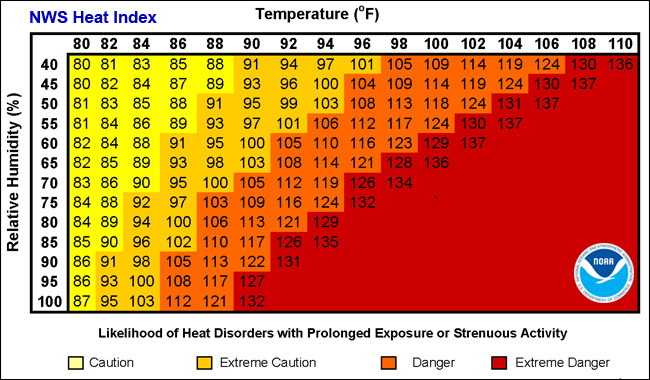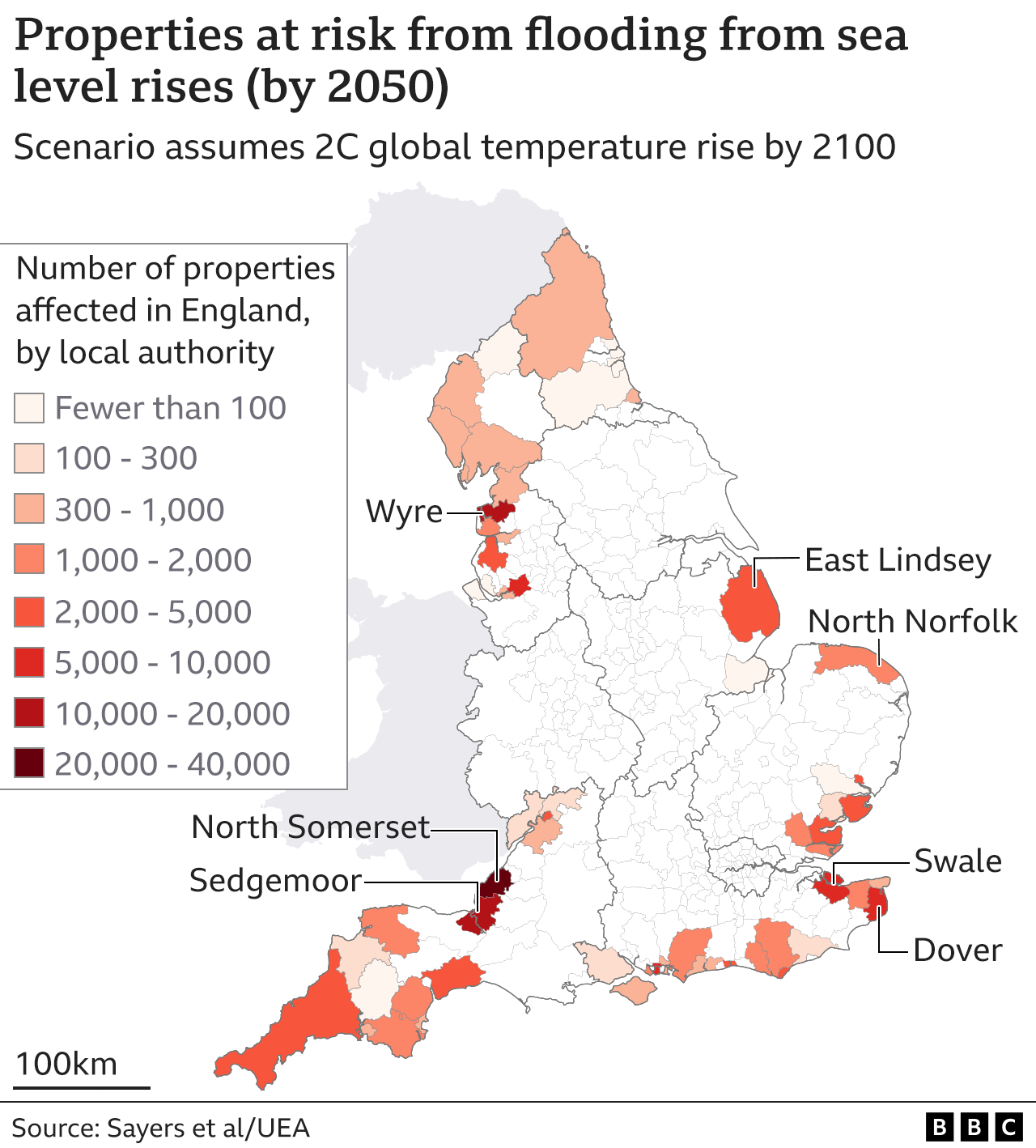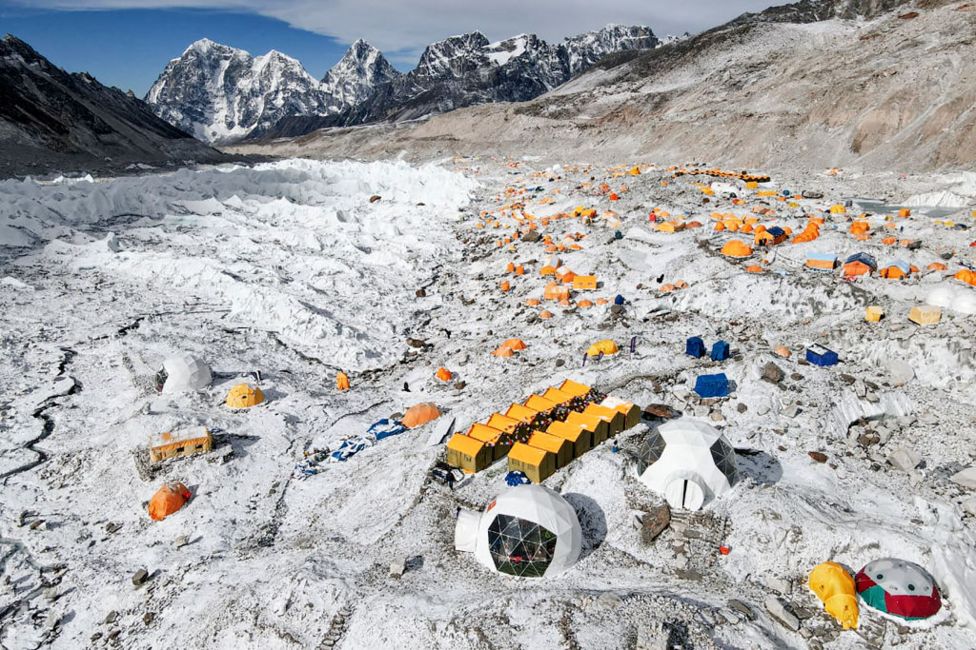Zardnaar
Deity
So what if anything have you noticed with climte change in your lifetime?
A few things.here in the deep South if NZ.
1. The glaciers are melting. Visible in the last 20 years.
2. When bushfires are bad in Australia you can smell it on the east coast of NZ.
3. Harsh winters are a thing of the past. It's been 15 odd years since we"ve had a hard winter eg freezing over 4:30 pm in the afternoon.
4. On 31st May we had 22 degrees day. Last day of autumn. Tonight very mild t-shirt and sweatshirt type weather. In winter.
So yeah very mild winters and those white out days of frost in 80's and 90's are long gone with frosts being mild and rare with the occasional hard frost.
A few things.here in the deep South if NZ.
1. The glaciers are melting. Visible in the last 20 years.
2. When bushfires are bad in Australia you can smell it on the east coast of NZ.
3. Harsh winters are a thing of the past. It's been 15 odd years since we"ve had a hard winter eg freezing over 4:30 pm in the afternoon.
4. On 31st May we had 22 degrees day. Last day of autumn. Tonight very mild t-shirt and sweatshirt type weather. In winter.
So yeah very mild winters and those white out days of frost in 80's and 90's are long gone with frosts being mild and rare with the occasional hard frost.








